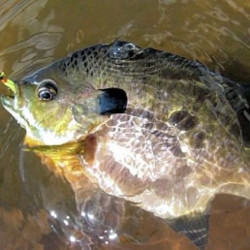Catfish are one of the most popular fish to catch in Ohio. They can be found in rivers, lakes, ponds and reservoirs throughout the state. Catfish are opportunistic feeders that will eat almost anything, from worms and minnows to cheese and hot dogs. Here are some tips to help you catch more catfish in Ohio.
- Choose the right bait. Depending on the type of catfish you are targeting, you may want to use different baits. Channel catfish are the most common and will bite on a variety of baits, such as chicken liver, nightcrawlers, shrimp and stink baits. Flathead catfish are more predatory and prefer live bait, such as bluegill, shad and carp. Blue catfish are also carnivorous and will eat cut bait, such as chunks of shad or herring.
- Choose the right time and place. Catfish are more active at night and during low-light conditions, such as dawn and dusk. They also tend to feed near the bottom of the water, especially near structures like rocks, logs, dams and bridges. Look for areas where there is a change in depth, current or temperature, as these may attract catfish.
- Choose the right tackle. You will need a sturdy rod and reel that can handle the weight and fight of a catfish. A medium-heavy or heavy action rod with a baitcasting or spinning reel is recommended. You will also need a strong line, such as braided or monofilament, with a test strength of at least 15 pounds. A leader line of 20 to 30 pounds may also be useful to prevent abrasion from the catfish's mouth and teeth. You can use a variety of hooks, such as circle hooks, treble hooks or J-hooks, depending on your preference and bait. A sinker or weight may also be needed to keep your bait near the bottom.
- Be patient and persistent. Catfish are not always easy to catch, especially if they are not hungry or active. You may have to try different baits, locations and techniques until you find what works best for you. Don't give up if you don't get a bite right away. Sometimes it may take hours before a catfish decides to strike.


